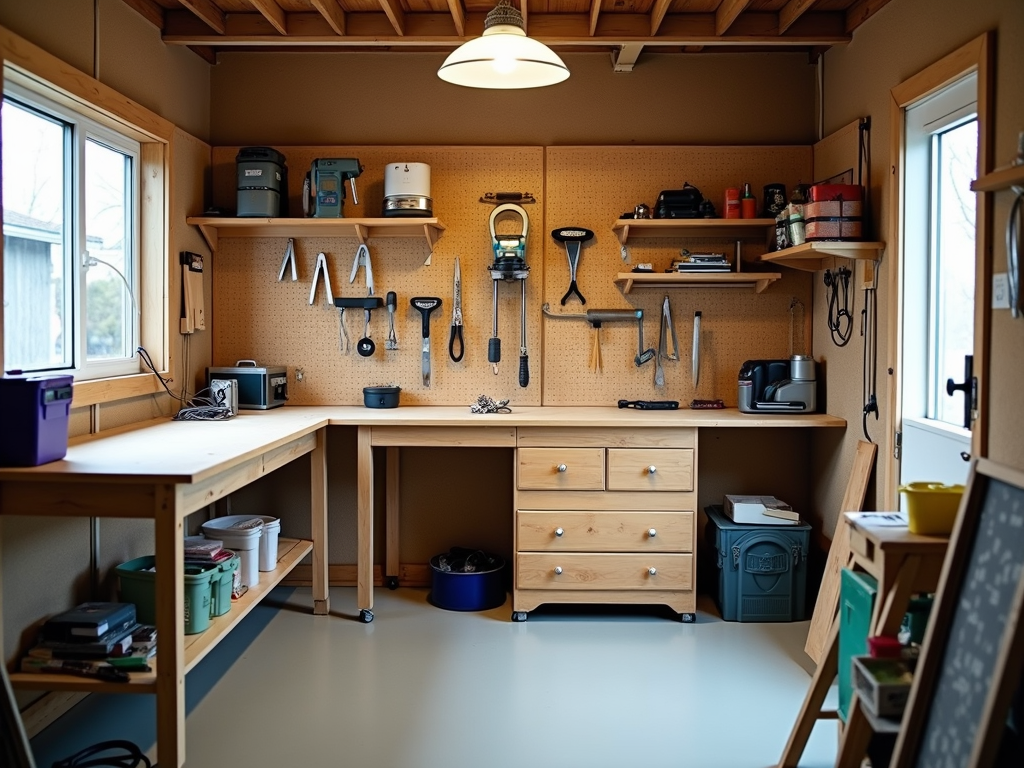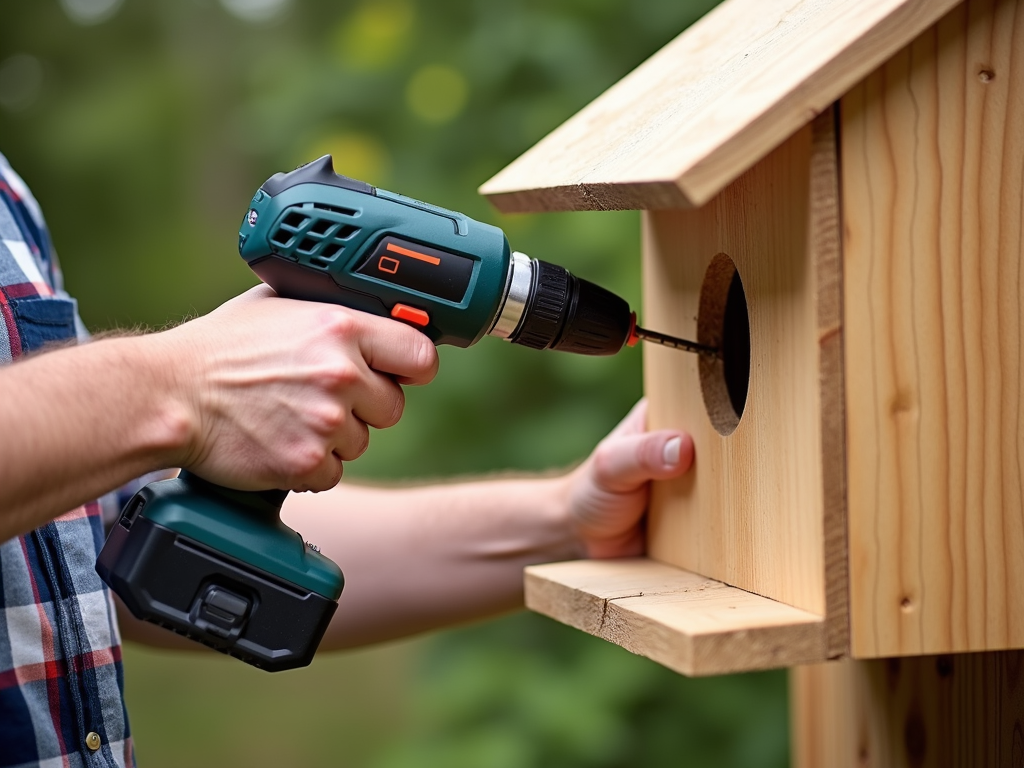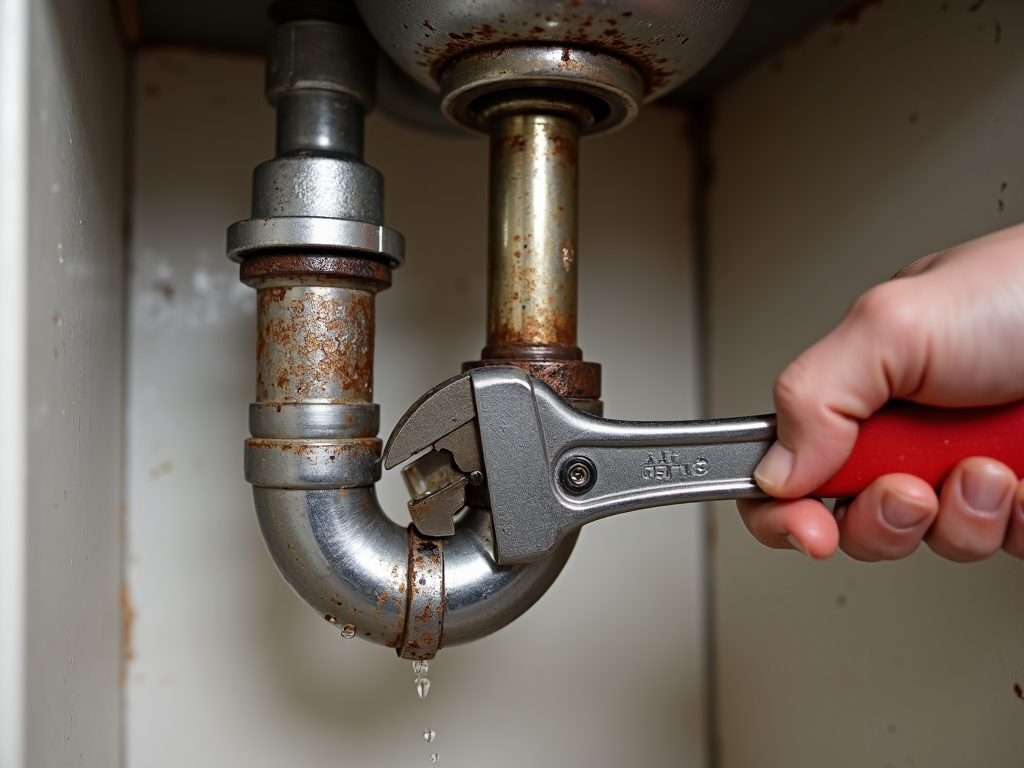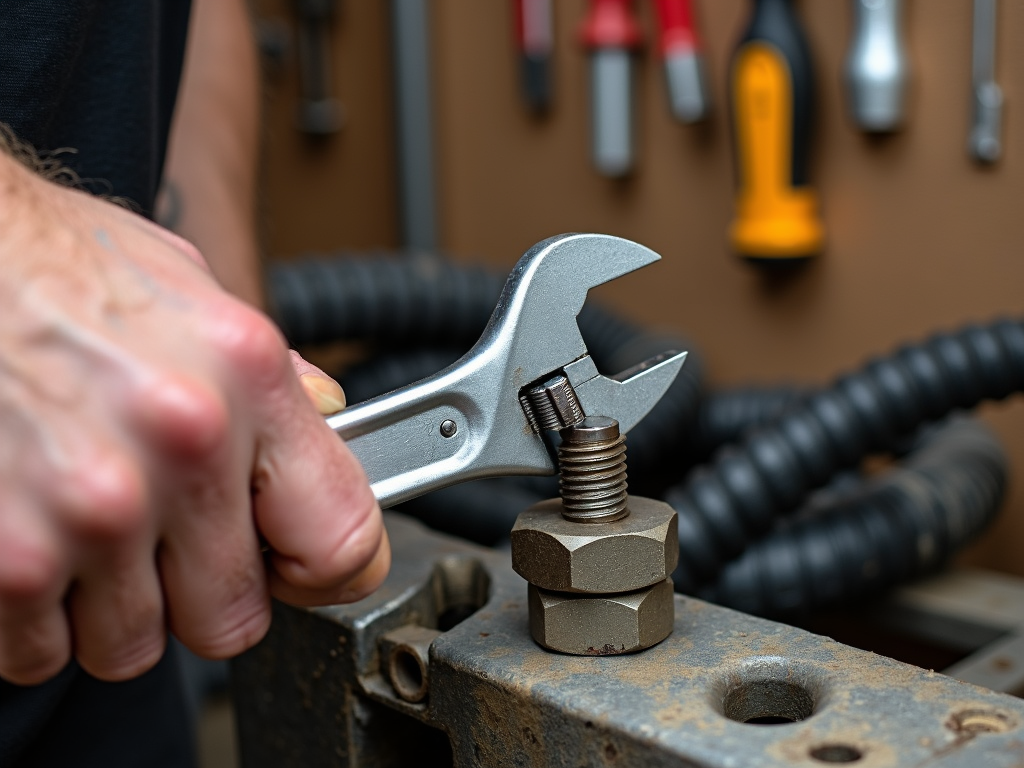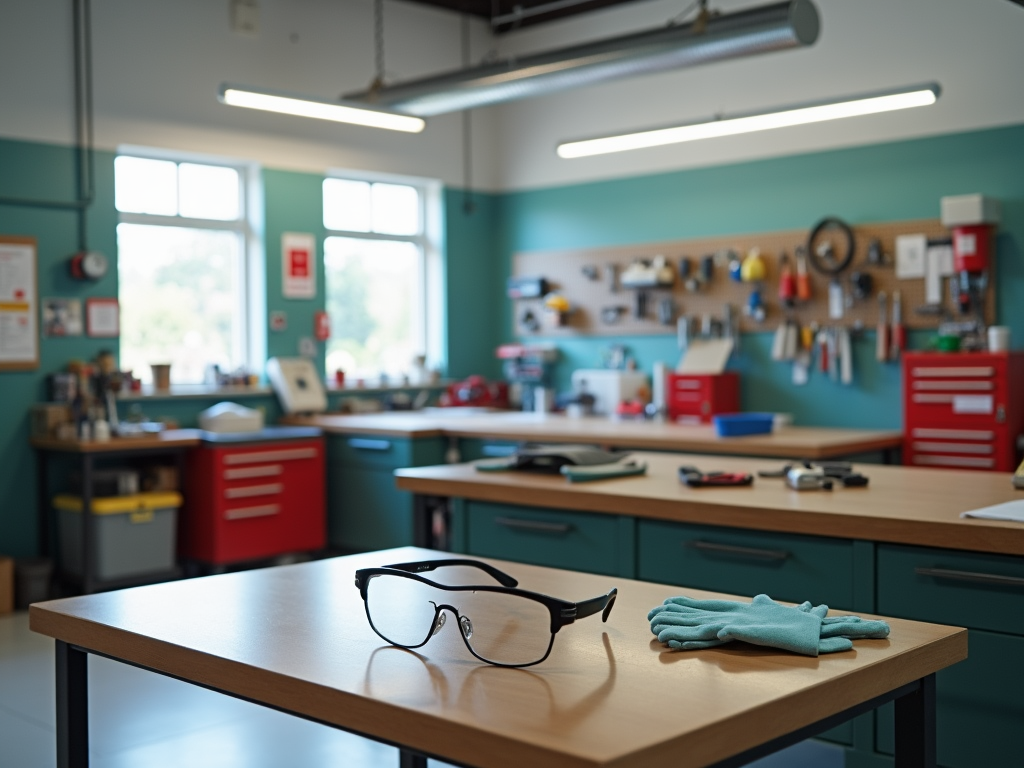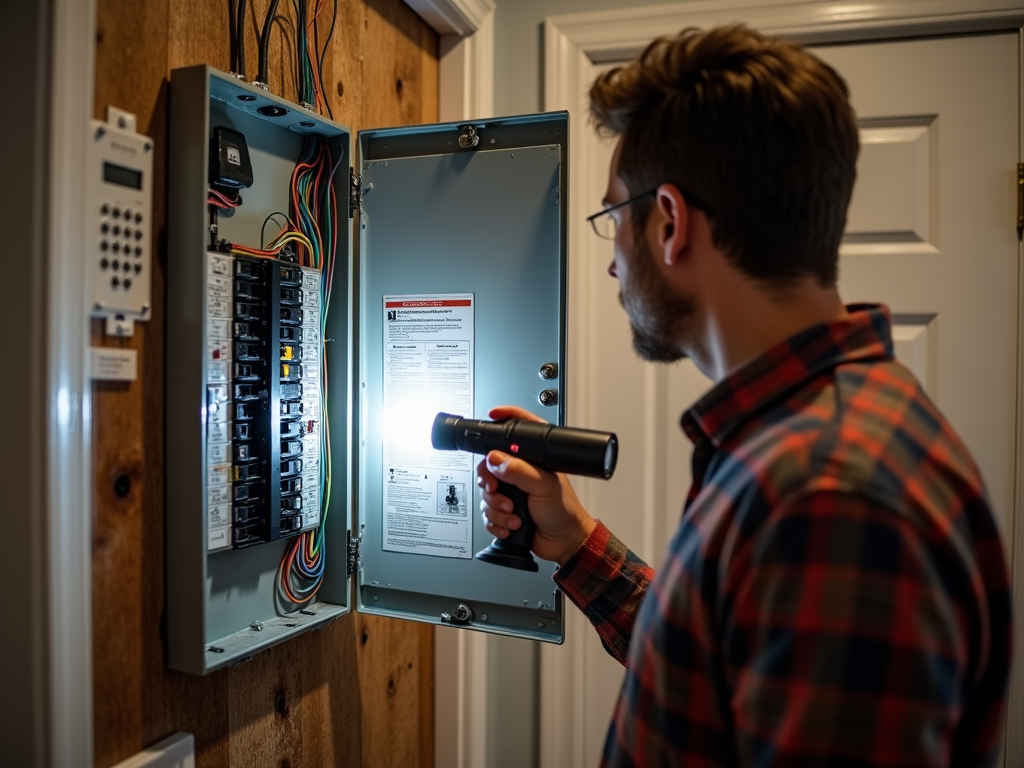Overview
Organizing a small workshop can feel overwhelming, but it doesn’t have to be. With a few smart strategies, you can turn your space into a hub of creativity and productivity. This article shares actionable tips to help you set up efficiently, using the best tools and layout for your needs.
Getting Started: Know Your Needs
Before you move a single tool, take a moment to think about what you do in your workshop. Are you building furniture, fixing electronics, or crafting small projects? Your work style shapes everything. I’ve found that listing my most-used tools helps me figure out what needs to be close at hand. This step sets the foundation for all your organizing efforts.
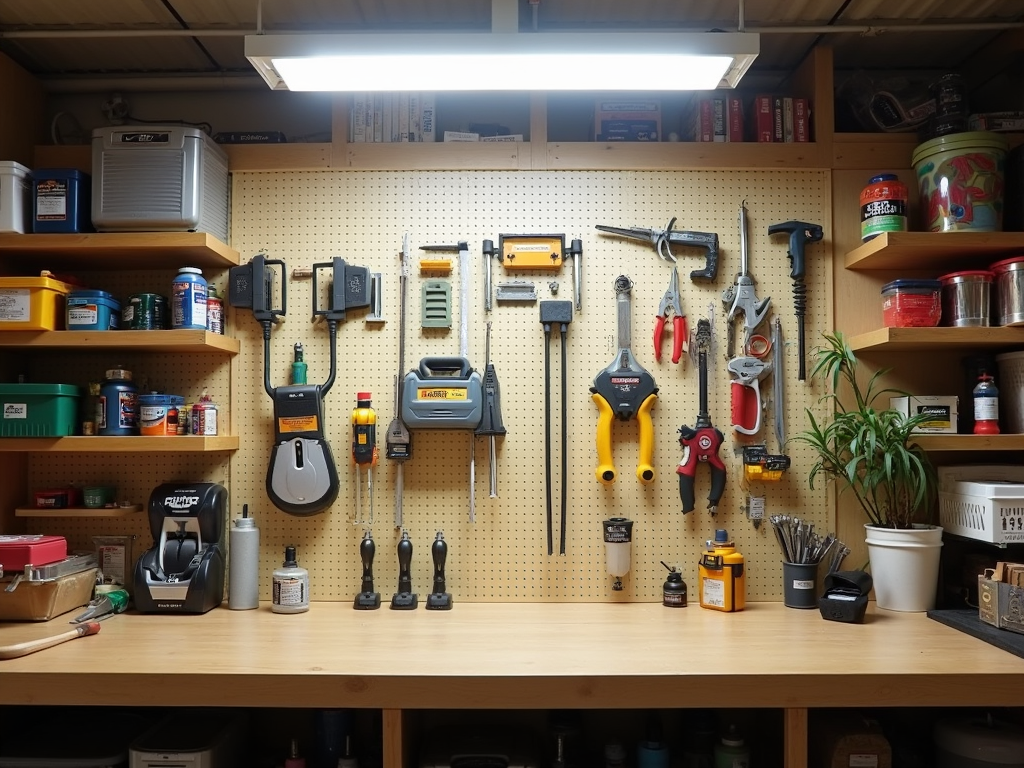
Plan Your Layout for Workflow
A good layout makes your work smoother. Think about how you move when you’re in the zone. Do you need everything within arm’s reach, or do you prefer a clear path from one station to the next? I used to have my tools scattered everywhere, and I’d waste time searching. Now, I arrange them based on how I work. For small spaces, two layouts stand out:
- Linear: Tools and workstations in a straight line. Great for step-by-step projects.
- U-Shaped: Everything wraps around you. Perfect if you juggle multiple tasks.
Here’s a quick look at layout options:
| Layout Type | Best For | Space Needed |
|---|---|---|
| Linear | Sequential tasks | Narrow areas |
| U-Shaped | Multitasking | Wider spaces |
| L-Shaped | Corner setups | Compact corners |
Pick what fits your space and habits.

Choose High-Quality Tools
Your tools are the heart of your workshop. Skimping on quality can slow you down or even ruin your projects. I learned this the hard way when a cheap drill gave out mid-job. Now, I swear by high-quality workman tools for professionals. They last longer and work better. Start with these essentials:
- Power drill
- Circular saw
- Measuring tape
- Hammer
- Screwdriver set
Good workshop equipment pays off in every project.
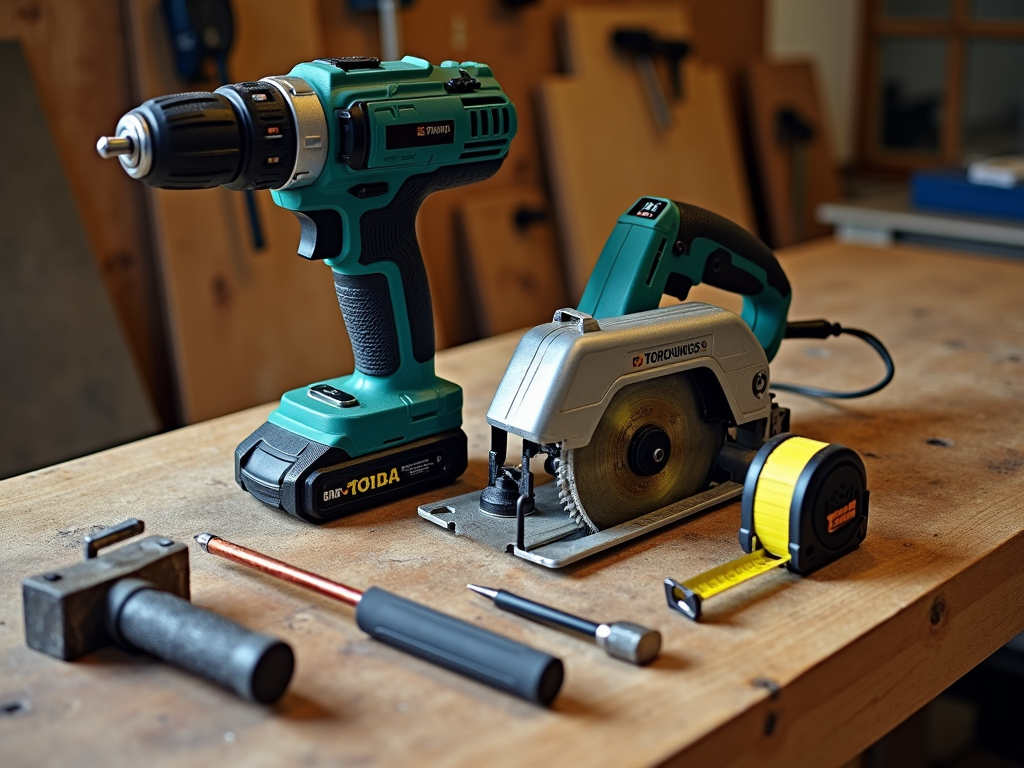
Smart Storage Solutions
A messy workshop kills efficiency. I used to toss tools into drawers and spend ages digging them out. Then I got serious about storage. Here’s what works:
- Pegboards: Hang tools you grab often. They’re cheap and easy to set up.
- Shelves: Store bigger items or supplies you don’t need every day.
- Tool Chests: Keep small bits like screws and nails sorted.
Label everything. It sounds simple, but it saves so much time.
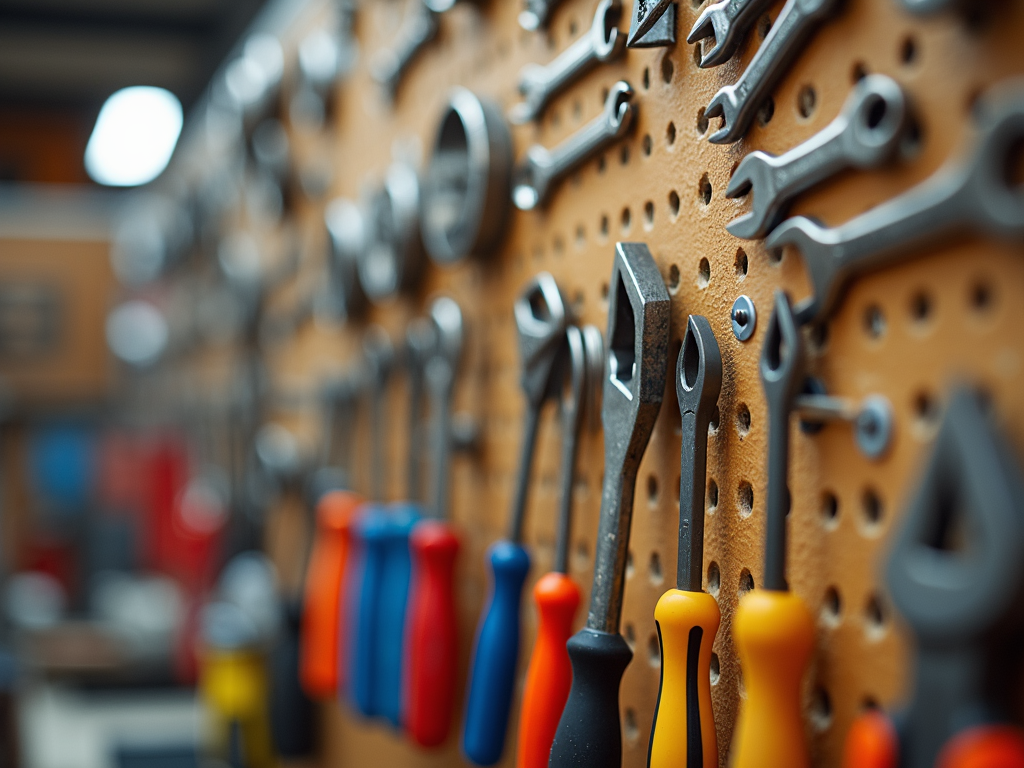
Keep Safety First
A safe workshop is a productive one. I’ve had close calls—like sparks flying without goggles on—that taught me to never skip safety. Make sure your space has good airflow, especially if you’re painting or cutting. Keep a fire extinguisher nearby, and have a first aid kit ready. Wear safety goggles and gloves every time. It’s not just smart; it’s essential.
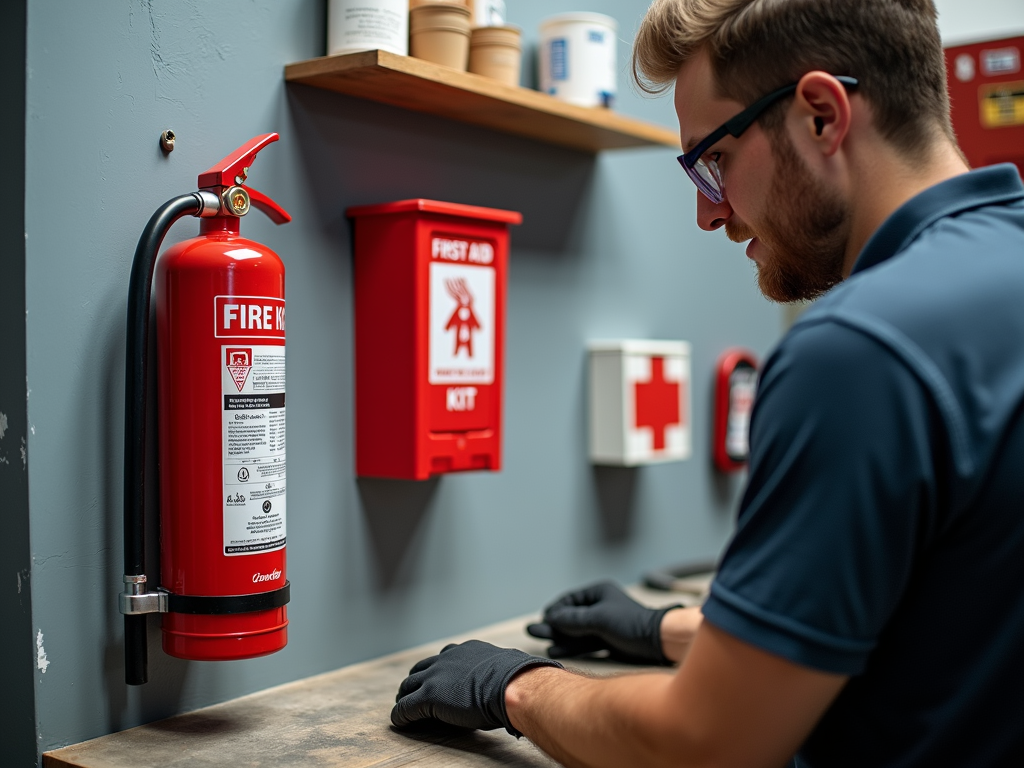
Lighting and Comfort
You can’t work well if you can’t see. I used to squint under a dim bulb until I added bright overhead lights. It changed everything. Go for LED lights—they’re bright and energy-efficient. Also, think about comfort. A padded mat underfoot helps if you stand a lot, and a stool can save your back during long sessions.
My Workshop Story
When I started, my workshop was a disaster—tools everywhere, no space to think. One day, I tripped over a cord and dropped a shelf of screws. That was it. I cleared everything out and started fresh. I hung a pegboard, built a workbench with storage underneath, and picked up some high-quality workman tools. Now, I love being in there. It’s proof that a little effort goes a long way.

Maintaining Your Setup
Organizing isn’t a one-time thing. I set aside 10 minutes after every project to put tools back. It keeps chaos from creeping in. Every few months, I check what’s working and tweak it. Maybe a tool needs a new spot, or I’ve outgrown a shelf. Staying flexible keeps your workshop efficient.
Budget-Friendly Tips
You don’t need to spend a fortune. I found pegboards at a hardware store for cheap, and I built shelves from scrap wood. Look for deals on workman tools—quality doesn’t always mean expensive. Start small, and add as you go. The goal is a setup that works for you, not a showroom.

Summary
Organizing a small workshop efficiently takes planning, but it’s worth it. Focus on your workflow, grab high-quality workman tools for professionals, and use smart storage. Add safety and good lighting, and you’ve got a space that boosts your productivity. Tailor it to your needs, and keep it simple—you’ll be amazed at the difference.
Related Tips for Organizing Small Workshops Efficiently:
- How to Choose the Right Workbench for Your Space: A Complete Guide
- Top 10 Must-Have Tools for Every Workshop
- Maximizing Space in a Small Workshop
- The Evolution of Power Tools: From Manual Labor to Modern Innovation
- Enhancing DIY Projects with Ergonomic Tools
- Essential Workman Tools for Plumbing: A Comprehensive Guide
- Oscillating Tools: A Beginner's Overview
- Mastering Wrenches: A DIYer’s Guide
- Ultimate Guide to Tool Safety: Protecting Yourself in the Workshop
- Safety Practices in Home Electrical Repairs: A Comprehensive Guide
- Advanced Electrical Tools for Automation
- Essential Safety Tips for Construction Workers


